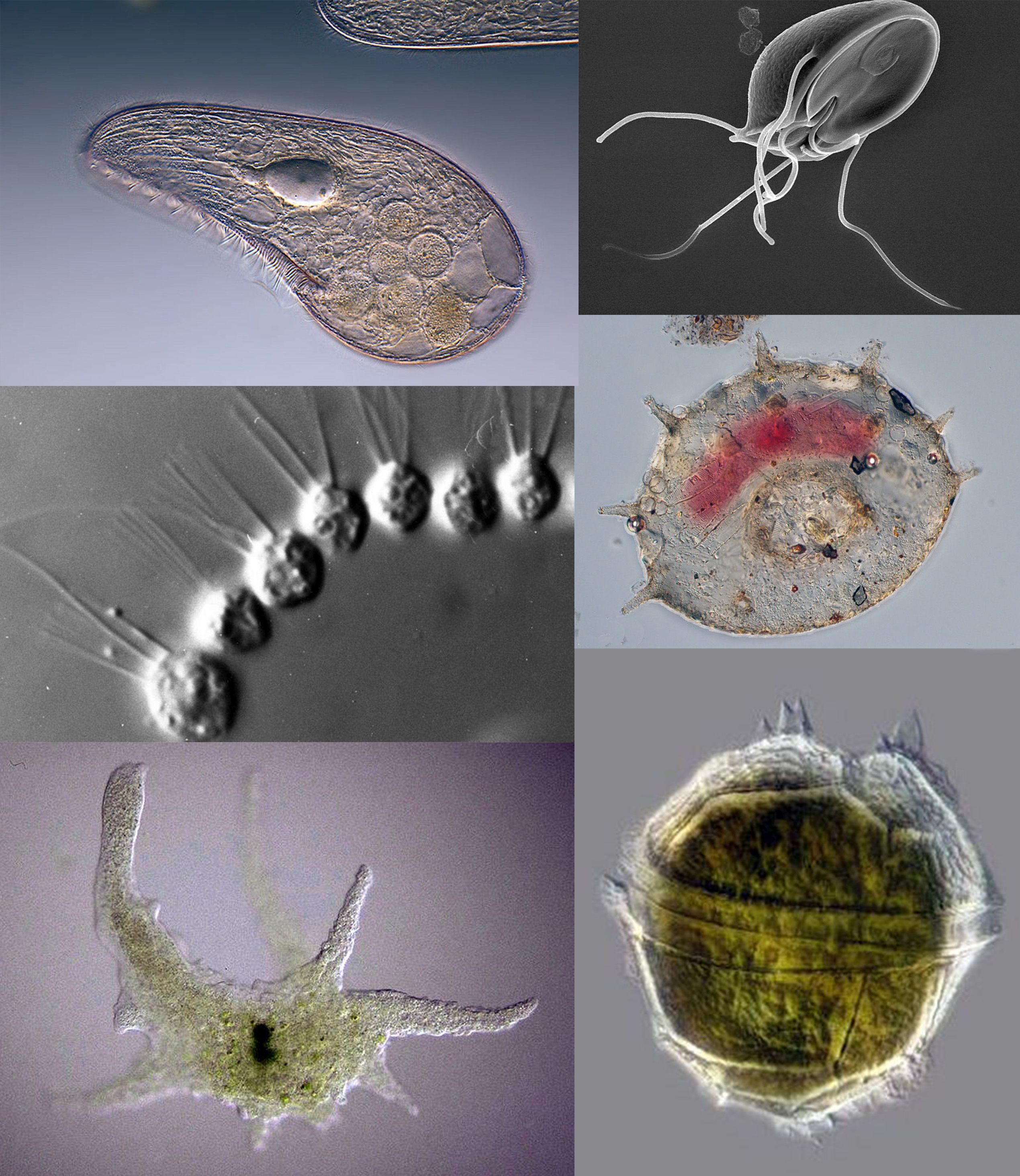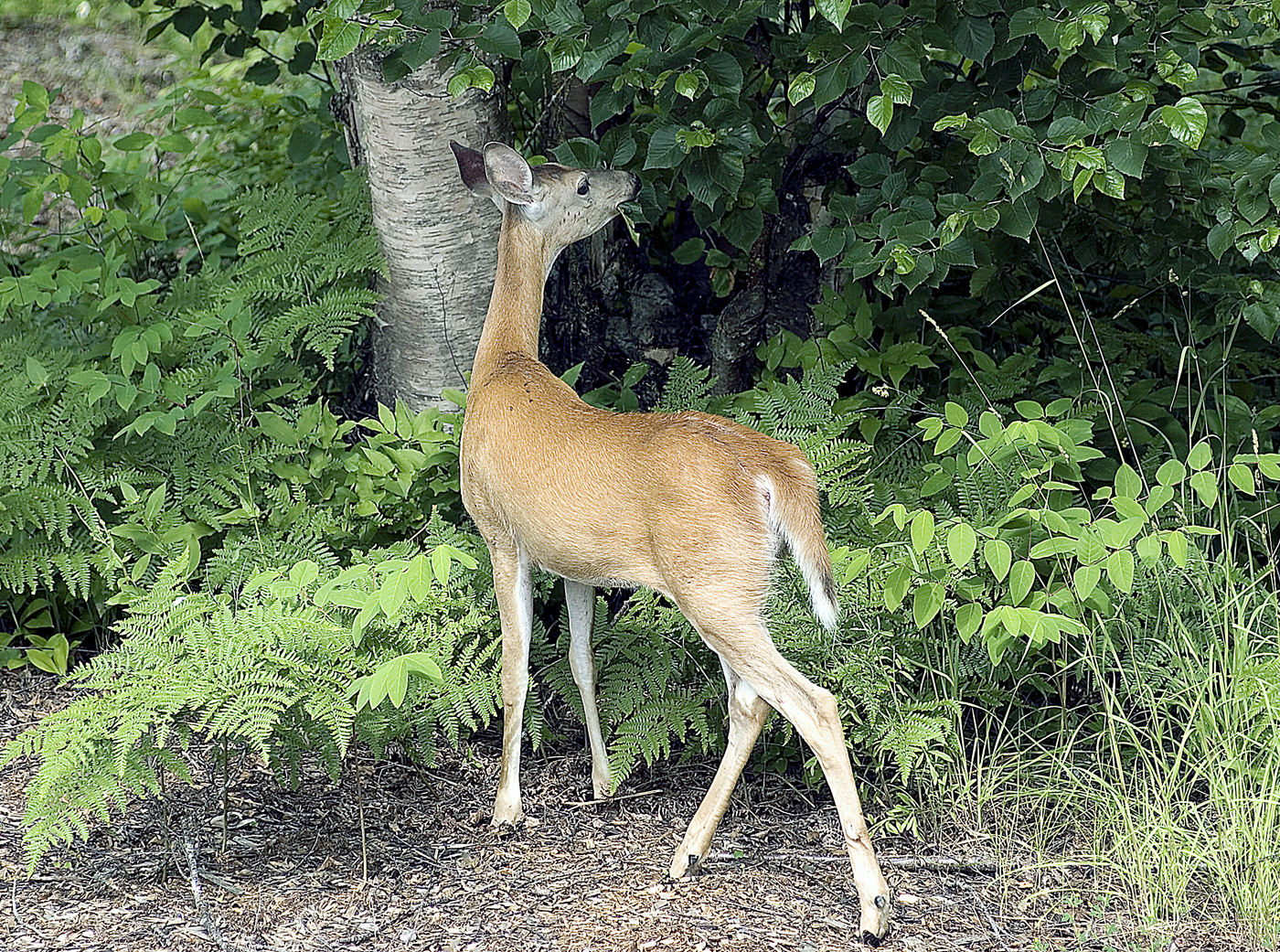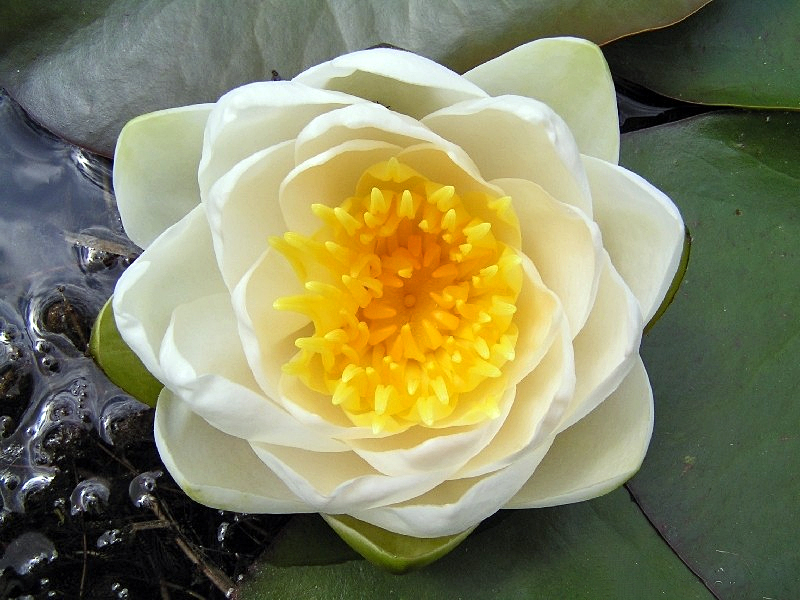|
Phallichthys Tico
''Phallichthys tico'', the dwarf merry widow, is a livebearer fish from Central America. It lives in turbid, stagnant waters, often among aquatic plants, and feeds mainly on plant matter. It is sometimes kept in aquaria. Taxonomy and evolution ''Phallichthys tico'' appears to be the most specialized species in the genus ''Phallichthys''. Its phylogenetic relationship to '' P. amates'' and '' P. fairweatheri'' is not known. Besides these two congeners, ''P. tico'' exhibits some similarity to other genera in the '' Poecilidae'' family, most of all '' Poeciliopsis'' and '' Carlhubbsia''. Its inclusion into ''Phallichthys'' necessitated a considerable redefinition of the genus. The specific epithet ''tico'' honors Costa Rica, the only country from which it was known at the time of its 1963 description by the future University of Costa Rica professor William Bussing. Description The body of ''Phallichthys tico'' is tan and robust but more elongated than that of other ''Phallicht ... [...More Info...] [...Related Items...] OR: [Wikipedia] [Google] [Baidu] |
William Albert Bussing
William Albert Bussing (born September 27, 1933 Los Angeles, California, died 2014 San Jose, Costa Rica), known as Don William, was an American ichthyologist who spent most of his career on the faculty of the Universidad de Costa Rica, working there from 1966 to 1991. He was appointed professor in 1978 and when he retired he became Emeritus professor. His university education was interrupted by his conscription to serve in the Korean War and by other jobs, he graduated with a Bachelor of Arts from the University of Southern California in 1960, and teaching degree in 1961. Following his graduation he obtained an Inter-American Cultural Convention scholarship and travelled to Costa Rica to carry out research on the ecology of fishes of the Río Puerto Viejo, Sarapiquí in Costa Rica. One result of this research was the description of a new species, ' in his first paper published in 1963, the first of over 90 publications. He taught a course in ichthyology at the Universidad de C ... [...More Info...] [...Related Items...] OR: [Wikipedia] [Google] [Baidu] |
University Of Costa Rica
The University of Costa Rica (Spanish: ''Universidad de Costa Rica,'' abbreviated UCR) is a public university in the Republic of Costa Rica, in Central America. Its main campus, Ciudad Universitaria Rodrigo Facio, is located in San Pedro Montes de Oca, in the province of San José. It is the oldest and largest institution of higher learning in Costa Rica, originally established as the ''Universidad de Santo Tomás'' in 1843. It is also the most important research university in the country and Central America and is counted among the most prestigious universities of Latin America. Approximately 45,000 students attend UCR throughout the year. History The first institution dedicated to higher education in Costa Rica was the ''University of Saint Thomas'' (''Universidad de Santo Tomás''), which was established in 1843. That institution maintained close ties with the Roman Catholic Church and was closed in 1888 by the progressive and anti-clerical government of President Bern ... [...More Info...] [...Related Items...] OR: [Wikipedia] [Google] [Baidu] |
Insect Larvae
A larva (; plural larvae ) is a distinct juvenile form many animals undergo before metamorphosis into adults. Animals with indirect development such as insects, amphibians, or cnidarians typically have a larval phase of their life cycle. The larva's appearance is generally very different from the adult form (''e.g.'' caterpillars and butterflies) including different unique structures and organs that do not occur in the adult form. Their diet may also be considerably different. Larvae are frequently adapted to different environments than adults. For example, some larvae such as tadpoles live almost exclusively in aquatic environments, but can live outside water as adult frogs. By living in a distinct environment, larvae may be given shelter from predators and reduce competition for resources with the adult population. Animals in the larval stage will consume food to fuel their transition into the adult form. In some organisms like polychaetes and barnacles, adults are ... [...More Info...] [...Related Items...] OR: [Wikipedia] [Google] [Baidu] |
Protozoans
Protozoa (singular: protozoan or protozoon; alternative plural: protozoans) are a group of single-celled eukaryotes, either free-living or parasitic, that feed on organic matter such as other microorganisms or organic tissues and debris. Historically, protozoans were regarded as "one-celled animals", because they often possess animal-like behaviours, such as motility and predation, and lack a cell wall, as found in plants and many algae. When first introduced by Georg Goldfuss (originally spelled Goldfuß) in 1818, the taxon Protozoa was erected as a class within the Animalia, with the word 'protozoa' meaning "first animals". In later classification schemes it was elevated to a variety of higher ranks, including phylum, subkingdom and kingdom, and sometimes included within Protoctista or Protista. The approach of classifying Protozoa within the context of Animalia was widespread in the 19th and early 20th century, but not universal. By the 1970s, it became usual to require ... [...More Info...] [...Related Items...] OR: [Wikipedia] [Google] [Baidu] |
Diatom
A diatom (New Latin, Neo-Latin ''diatoma''), "a cutting through, a severance", from el, διάτομος, diátomos, "cut in half, divided equally" from el, διατέμνω, diatémno, "to cut in twain". is any member of a large group comprising several Genus, genera of algae, specifically microalgae, found in the oceans, waterways and soils of the world. Living diatoms make up a significant portion of the Earth's Biomass (ecology), biomass: they generate about 20 to 50 percent of the oxygen produced on the planet each year, take in over 6.7 billion metric tons of silicon each year from the waters in which they live, and constitute nearly half of the organic material found in the oceans. The Protist shell, shells of dead diatoms can reach as much as a half-mile (800 m) deep on the ocean floor, and the entire Amazon basin is fertilized annually by 27 million tons of diatom shell dust transported by transatlantic winds from the African Sahara, much of it from the Bodélé Dep ... [...More Info...] [...Related Items...] OR: [Wikipedia] [Google] [Baidu] |
Unicellular Algae
A unicellular organism, also known as a single-celled organism, is an organism that consists of a single cell, unlike a multicellular organism that consists of multiple cells. Organisms fall into two general categories: prokaryotic organisms and eukaryotic organisms. All prokaryotes are unicellular and are classified into bacteria and archaea. Many eukaryotes are multicellular, but some are unicellular such as protozoa, unicellular algae, and unicellular fungi. Unicellular organisms are thought to be the oldest form of life, with early protocells possibly emerging 3.8–4.0 billion years ago. Although some prokaryotes live in colonies, they are not specialised cells with differing functions. These organisms live together, and each cell must carry out all life processes to survive. In contrast, even the simplest multicellular organisms have cells that depend on each other to survive. Most multicellular organisms have a unicellular life-cycle stage. Gametes, for examp ... [...More Info...] [...Related Items...] OR: [Wikipedia] [Google] [Baidu] |
Pelagic Sediment
Pelagic sediment or pelagite is a fine-grained sediment that accumulates as the result of the settling of particles to the floor of the open ocean, far from land. These particles consist primarily of either the microscopic, calcareous or siliceous shells of phytoplankton or zooplankton; clay-size siliciclastic sediment; or some mixture of these. Trace amounts of meteoric dust and variable amounts of volcanic ash also occur within pelagic sediments. Based upon the composition of the ooze, there are three main types of pelagic sediments: siliceous oozes, calcareous oozes, and red clays.Rothwell, R.G., (2005) ''Deep Ocean Pelagic Oozes'', Vol. 5. of Selley, Richard C., L. Robin McCocks, and Ian R. Plimer, Encyclopedia of Geology, Oxford: Elsevier Limited. HüNeke, H., and T. Mulder (2011) ''Deep-Sea Sediments''. Developments in Sedimentology, vol. 63. Elsiever, New York. 849 pp. The composition of pelagic sediments is controlled by three main factors. The first factor is the dis ... [...More Info...] [...Related Items...] OR: [Wikipedia] [Google] [Baidu] |
Browsing (herbivory)
Browsing is a type of herbivory in which a herbivore (or, more narrowly defined, a folivore) feeds on leaves, soft shoots, or fruits of high-growing, generally woody plants such as shrubs. This is contrasted with grazing, usually associated with animals feeding on grass or other lower vegetations. Alternatively, grazers are animals eating mainly grass, and browsers are animals eating mainly non-grasses, which include both woody and herbaceous dicots. In either case, an example of this dichotomy are goats (which are primarily browsers) and sheep (which are primarily grazers). Browse The plant material eaten is known as ''browse'' and is in nature taken directly from the plant, though owners of livestock such as goats and deer may cut twigs or branches for feeding to their stock. In temperate regions, owners take browse before leaf fall, then dry and store it as a winter feed supplement. In time of drought, herdsmen may cut branches from beyond the reach of their stock, as ... [...More Info...] [...Related Items...] OR: [Wikipedia] [Google] [Baidu] |
Aquatic Plant
Aquatic plants are plants that have adapted to living in aquatic environments ( saltwater or freshwater). They are also referred to as hydrophytes or macrophytes to distinguish them from algae and other microphytes. A macrophyte is a plant that grows in or near water and is either emergent, submergent, or floating. In lakes and rivers macrophytes provide cover for fish, substrate for aquatic invertebrates, produce oxygen, and act as food for some fish and wildlife. Macrophytes are primary producers and are the basis of the food web for many organisms. They have a significant effect on soil chemistry and light levels as they slow down the flow of water and capture pollutants and trap sediments. Excess sediment will settle into the benthos aided by the reduction of flow rates caused by the presence of plant stems, leaves and roots. Some plants have the capability of absorbing pollutants into their tissue. Seaweeds are multicellular marine algae and, although their ecologic ... [...More Info...] [...Related Items...] OR: [Wikipedia] [Google] [Baidu] |
Lake Arenal
Lake Arenal ( es, Lago Arenal) is a lake which is situated in the northern highlands of Costa Rica. It is currently the largest lake in Costa Rica at . Its depth varies between 30 and 60 meters (100–200 feet) seasonally. The town of Arenal was relocated to higher ground when the lake was expanded in 1979. The old towns of Arenal and Tronadora now lie abandoned at the bottom of the lake, with the new town of Arenal existing to the northeast on the lake. Hydroelectricity Lake Arenal was tripled in size with the construction of the Arenal dam in 1979, which exists at the eastern end of the lake. This hydroelectric project exists at the western end of the lake and is strategically important to Costa Rica, initially generating 70% of the country's electricity, now closer to 17%, and was also a driving force behind Costa Rica's green energy policy. Wildlife Fish species in Lake Arenal include the machaca and the rainbow bass. There are also many species of plants, 120 ... [...More Info...] [...Related Items...] OR: [Wikipedia] [Google] [Baidu] |
San Juan River (Nicaragua)
The San Juan River (Spanish: ''Río San Juan''), also known as El Desaguadero ("the drain"), is a river that flows east out of Lake Nicaragua into the Caribbean Sea. A large section of the border between Nicaragua and Costa Rica runs on the southern bank of the river. It was part, with the lake, of a proposed route for a Nicaragua Canal in the 19th century. The idea of the project has been revived in the last decade, including the possibility of other routes within the country. The Ecocanal project has obtained a Concession from the National Assembly of Nicaragua to re-open the San Juan River to commercial barge traffic. The Cañas–Jerez Treaty states that Nicaragua owns the waters of the river and that Costa Rica can only use it for commercial navigation on certain parts of the river at Nicaragua's discretion. The San Juan River is home to freshwater bull sharks that also go into Lake Nicaragua in addition to a wide array of marine life and biodiversity. History Before th ... [...More Info...] [...Related Items...] OR: [Wikipedia] [Google] [Baidu] |
Tributaries
A tributary, or affluent, is a stream or river that flows into a larger stream or main stem (or parent) river or a lake. A tributary does not flow directly into a sea or ocean. Tributaries and the main stem river drain the surrounding drainage basin of its surface water and groundwater, leading the water out into an ocean. The Irtysh is a chief tributary of the Ob river and is also the longest tributary river in the world with a length of . The Madeira River is the largest tributary river by volume in the world with an average discharge of . A confluence, where two or more bodies of water meet, usually refers to the joining of tributaries. The opposite to a tributary is a distributary, a river or stream that branches off from and flows away from the main stream. PhysicalGeography.net, Michael Pidwirny & Sco ... [...More Info...] [...Related Items...] OR: [Wikipedia] [Google] [Baidu] |





